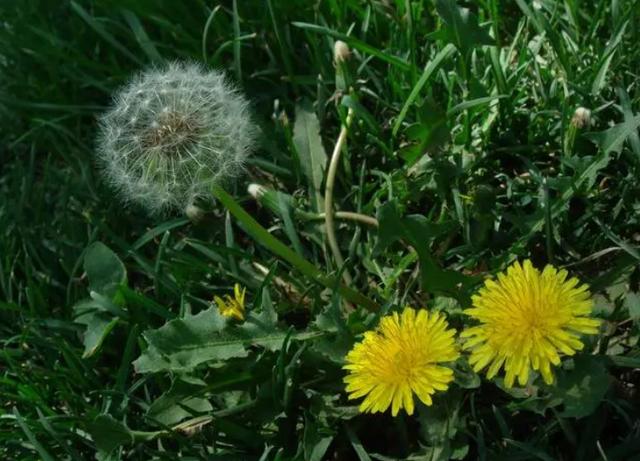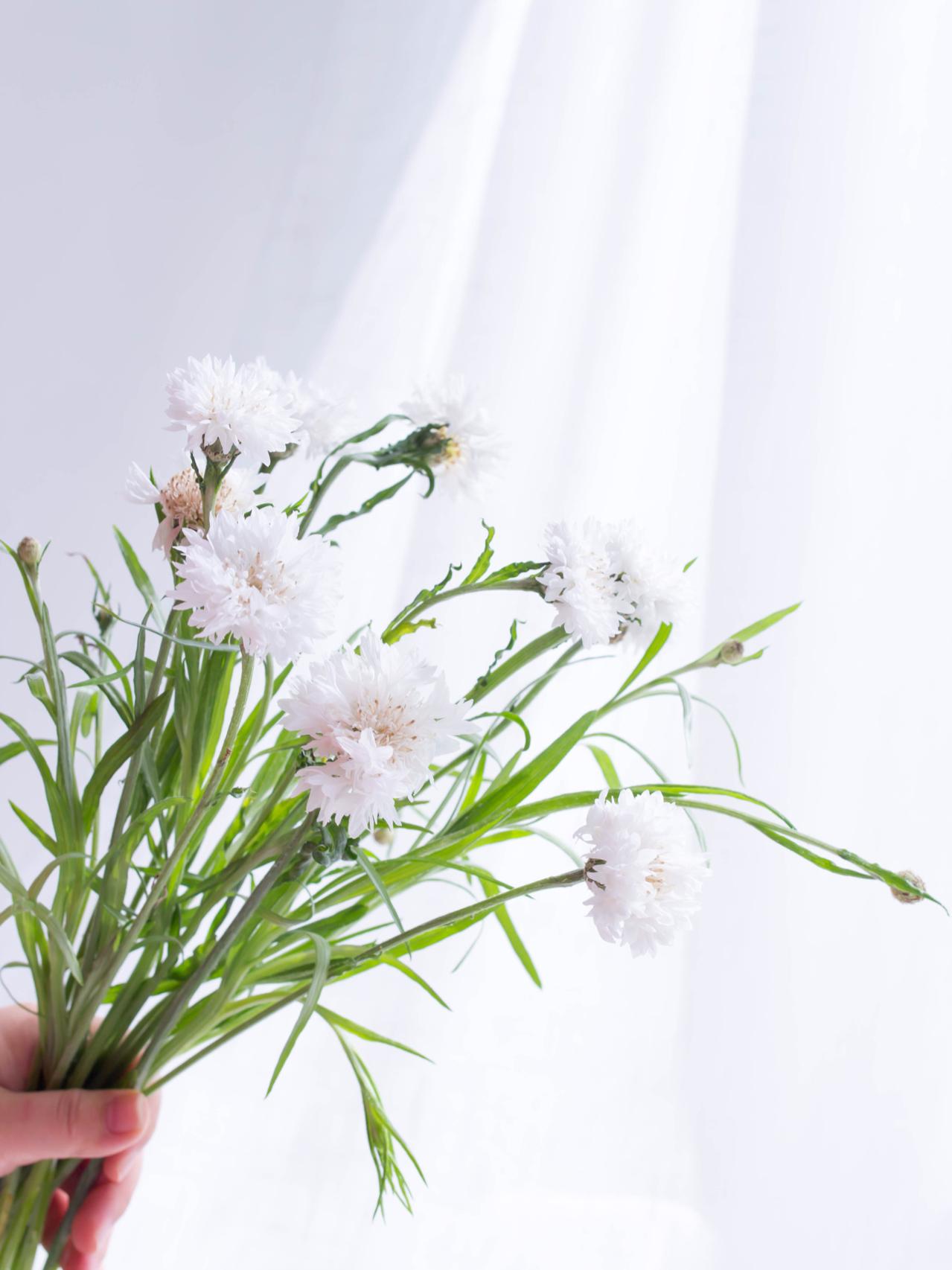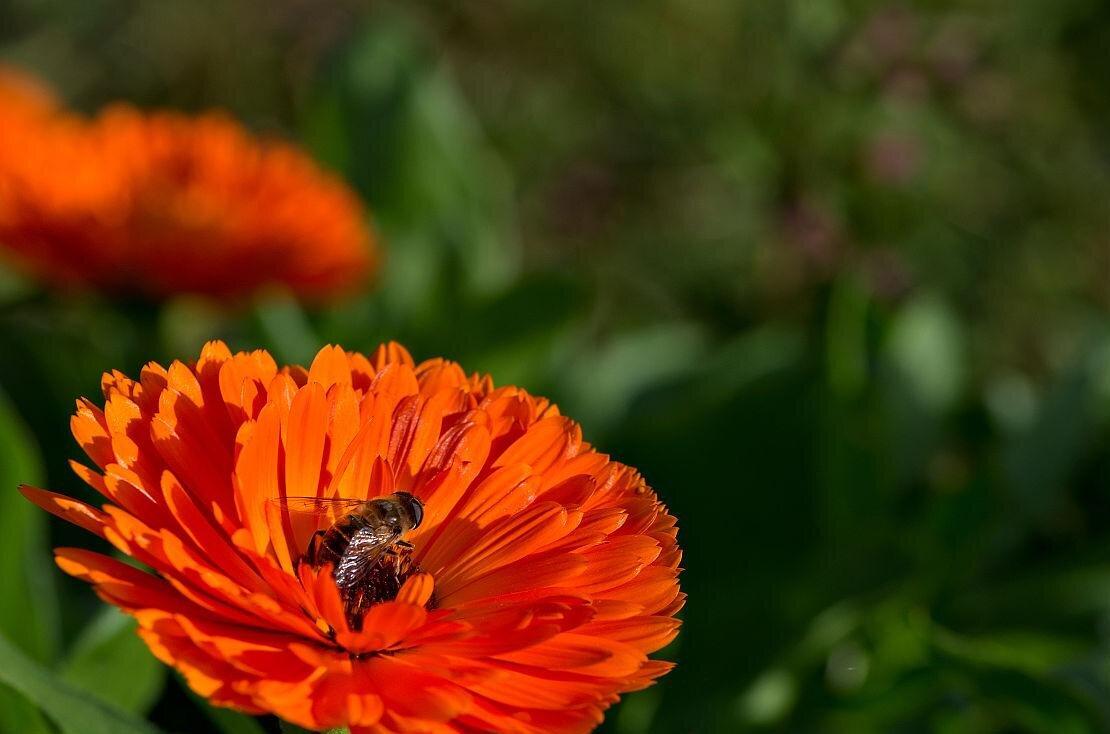Calceolaria, commonly known as slipper flower, has an interesting story behind it. Legend has it that in ancient times, there was a mischievous elf who loved collecting items from the human world. One day, while rummaging through a garden, he found a discarded slipper and was captivated by its unique shape. The elf decided to turn it into a flower, imbuing it with magical properties. Thus, the Calceolaria plant was born. Its vibrant, slipper-shaped blooms became a symbol of the elf’s creativity and love for nature. Today, Calceolaria continues to enchant gardeners with its whimsical beauty, reminding us of the magic that exists in our world.
Picture
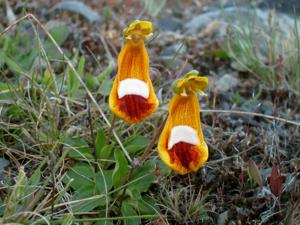
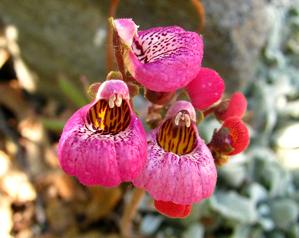
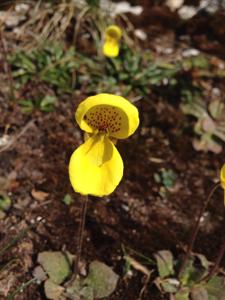
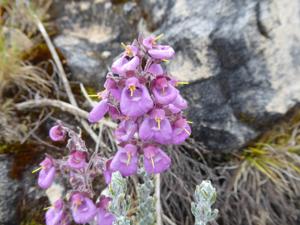
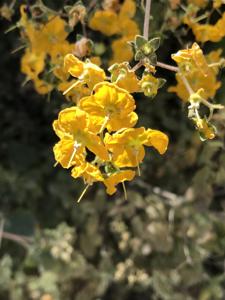
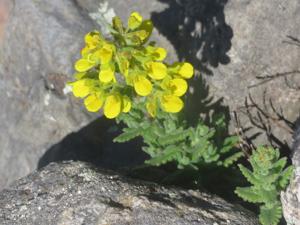
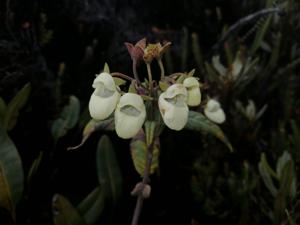
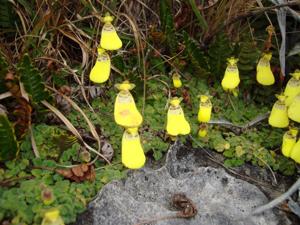
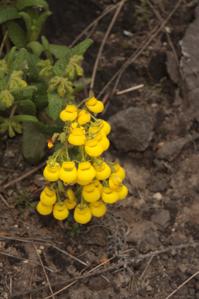
Plant some seeds now!
Short Description
C. biflora
C. uniflora
Calceolaria (/ˌkælsiəˈlɛəriə/), also called lady’s purse, slipper flower and pocketbook flower, or slipperwort, is a genus of plants in the family Calceolariaceae, sometimes classified in Scrophulariaceae by some authors. This genus consists of about 388 species of shrubs, lianas and herbs, and the geographical range extends from Patagonia to central Mexico, with its distribution centre in Andean region. Calceolaria species have usually yellow or orange flowers, which can have red or purple spots. The Calceolaria Herbeohybrida group, also called C. herbeohybrida Voss, is a group of ornamental hybrids known only in cultivation, called florists’ slipperwort.

